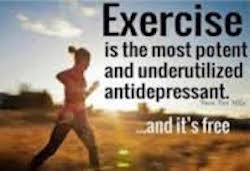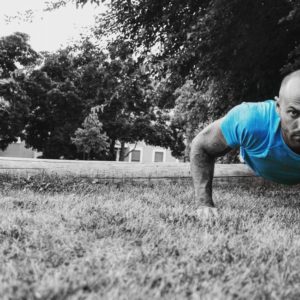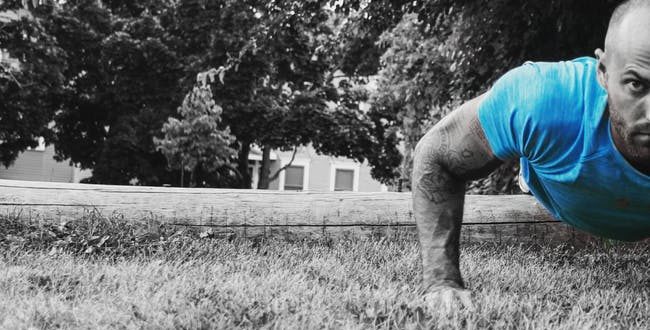 Stress is not entirely negative. A little bit of pressure can help you perform better and stay sharp. Exercise itself is a stress, but one which helps relieve stress, and produces feel-good endorphins, when performed appropriately.
Stress is not entirely negative. A little bit of pressure can help you perform better and stay sharp. Exercise itself is a stress, but one which helps relieve stress, and produces feel-good endorphins, when performed appropriately.
The key is to put this into practice; not all exercise is created equal – deadlifting 100kg is not the same thing as walking the dog, but they both offer the benefits.
Let’s start by outlining the concept of homeostasis: which is the maintenance of fairly stable internal conditions, such as body temperature, blood pH and hormone levels.
Anything that disrupts homeostasis is considered stress (be it positive or negative): falling in love, losing your job, or a sudden change in temperature. Even imaginary stress (eg worrying in the middle of the night) results in physiological or behavioural changes, which are known as the stress response.
These changes include the release of adrenaline, cortisol and certain hormones ACTH (adrenocorticotropic hormone). From a positive point of view, these hormones boost energy expenditure and elevate the heart rate to move more blood around the body. Experiencing stress makes us more efficient producing and using these hormones, which is known as adaptation.
The body has an amazing capacity to adapt, depending on the input. For example, we adapt to exercise stress by growing stronger muscles, increasing our cardiovascular capacity and feeling more confident.
Obviously, not all stress is positive. Persistent stress that can’t be resolved through coping or adaptation can lead to an overload of chronic stress-related hormones and inflammation. This can create feelings of depression, chronic fatigue and even changes to our body’s ability to repair itself.
Both exercise stress and lifestyle stress (like a lost job) contribute to this overload.
So how to we help stress affect us positively?
Listen to your body and allow it time to recover. Also known as rest, this means allowing time between workouts (in terms of exercise stress) to let our bodies make those important adaptations. It may also involve evaluating other lifestyle factors within our control to maintain a composed demeanour.
But when our schedules can barely fit in a workout, how do we find time to recover? The key is to vary intensity. We can use exercise intensity to recover and workout at the same time.
 High-intensity exercise is the kind that requires so much effort that it is difficult to carry on a conversation. Think HIIT, or that heavy deadlift mentioned above. High-stress activity requires at least 48 hours of recovery between sessions. Low to moderate intensity exercise still requires effort, but we’re still able to chat. This lower stress workout makes a great recovery workout during the 48-hour rest between high-intensity sessions.
High-intensity exercise is the kind that requires so much effort that it is difficult to carry on a conversation. Think HIIT, or that heavy deadlift mentioned above. High-stress activity requires at least 48 hours of recovery between sessions. Low to moderate intensity exercise still requires effort, but we’re still able to chat. This lower stress workout makes a great recovery workout during the 48-hour rest between high-intensity sessions.
Even if high-intensity exercise isn’t part of your regime, other stressors can affect your ability to recover. When you’ve got a crazy day at work or a series of late nights coming up, try a low-intensity workout to reap the relaxing benefits of exercise. Think tai chi, walking or yoga. Lower key workouts still contribute to a healthier you and help harness the positive power of stress.
Other stress-busting tips to aid recovery include:
- Staying hydrated – water helps your blood carry nutrients to your tissues and flush away waste products. You’ll know you’re drinking enough water if your urine is clear or very pale yellow. If you see dark yellow – drink up!
- Sleep – the hormones that build and repair muscle are produced while you sleep.
- Eat well – support your system with the nutrients it needs.









Join the Discussion
Type out your comment here:
You must be logged in to post a comment.